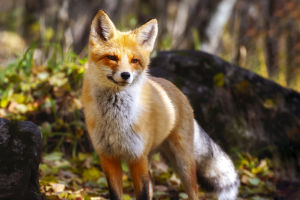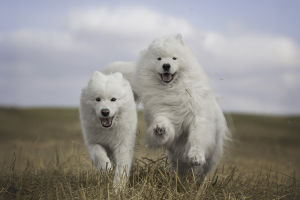Have you ever wondered how bees communicate with one another? We all know that bees play a vital role in our ecosystem by pollinating plants, but they also have a fascinating way of sharing important information with each other.
This communication happens through their “dance language.” When a bee finds food, it performs a special dance that tells other bees about the location, distance, and quality of the food. But what's truly intriguing is whether bees are born with this ability or if they learn it over time.
Are Bee Dances Instinctive or Learned?
Many of our behaviors, both human and animal, are shaped by a combination of instinct and learning. Learning can be divided into two main categories: social learning and non-social learning. Social learning, in particular, happens when animals learn from each other through observation or interaction. While we typically associate social learning with more complex animals like humans, recent studies show that even insects, such as bees, are capable of learning in sophisticated ways despite their small brains.
Bees: Social Learners at Heart
Bees are social insects, meaning that to work efficiently, they must communicate accurately with one another. This is where their "dance language" becomes crucial. A bee's waggle dance encodes important information about the food it has found, such as the direction, distance, and quality of the food. Interestingly, sometimes a bee that has never even left the hive can interpret the dance and find the food based on the information shared. But does this mean that bees learn this dance on their own, or do they also teach each other?
Groundbreaking Research into Bee Dance Learning
A team of researchers from the Xishuangbanna Tropical Botanical Garden in China became deeply interested in whether young bees could improve their dancing skills through interaction with older, more experienced bees. Their study, published in the journal Science, revealed that social learning plays a key role in improving a bee's dance skills. The researchers discovered that when young bees lack the opportunity to learn from older bees, their dances lack accuracy, which impacts their ability to effectively communicate about food locations.
The Experiment: Teaching Bees to Dance
To explore this idea, the researchers set up an experiment with two groups of bees: one group consisted entirely of young bees that had never been exposed to older bees, while the other group contained a mix of both young and experienced bees. The young bees had missed the opportunity to learn from their elders, similar to how children might miss out on learning from adults in their early development. The researchers then recorded the dances of bees from both groups as they foraged for food 150 meters away from the hive. They carefully analyzed the bees' dance movements, including the duration, angle, and number of waggle steps.
The Results: Social Learning Makes a Big Difference
The findings were striking. The young bees, who had not interacted with experienced foragers, displayed significant errors in their dance movements. While they improved over time, the direction of their dance became more accurate, but the duration (which tells other bees the distance) never improved. This shows that social learning is critical for accurate communication in bee society. Without the opportunity to learn from others, young bees developed a "new dialect" of dance that would remain with them throughout their lives.
Teaching Through Dance: New Insights
For the first time, this research demonstrated that older bees act as teachers to the younger ones. By following and learning from experienced bees, young bees were able to improve the accuracy of their dance behaviors. The study revealed that bee dances function like a form of language, similar to how humans or birds communicate. Learning from those with experience is more effective than figuring things out on one's own. Even though bees have small brains, they possess the ability to learn and teach each other, which is a key part of why their societies are so successful.
Conclusion: Bees' Learning and Its Implications
In conclusion, this study sheds new light on how social learning shapes the communication skills of bees. It shows that even insects with small brains are capable of teaching and learning from each other. This research also opens up new possibilities for understanding the evolution of language and communication, both in humans and animals. So next time you see a bee performing its waggle dance, remember—it's not just a random movement, but part of an intricate system of social learning that helps the bee community thrive.
Lykkers, isn't it amazing how even the tiniest creatures can teach us about the power of communication and learning? Let's continue to be curious about the wonders of nature!


